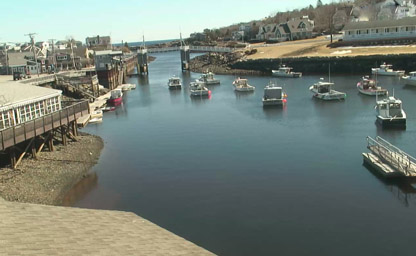
Ogunquit
Directly on the harbor in Perkins Cove

Directly on the harbor in Perkins Cove
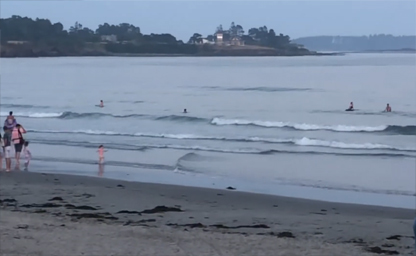
One of the few beaches in Maine great for surfing
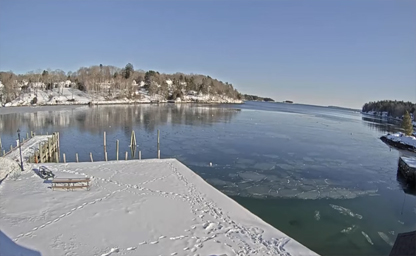
Nestled between the bustling Camden and Rockland Harbors
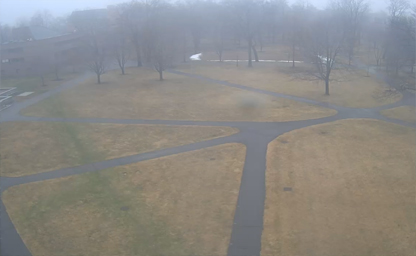
Views of the campus quad
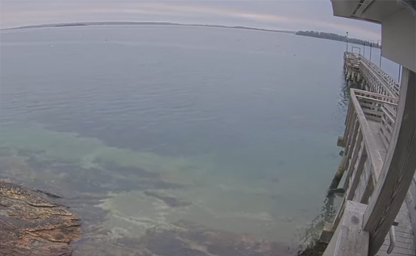
Falmouth is a town in Cumberland County
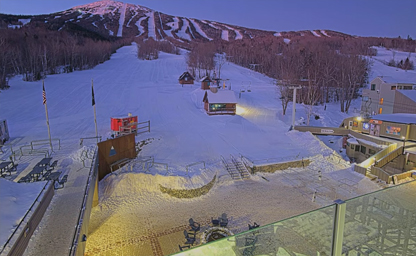
It is the third highest peak in the state
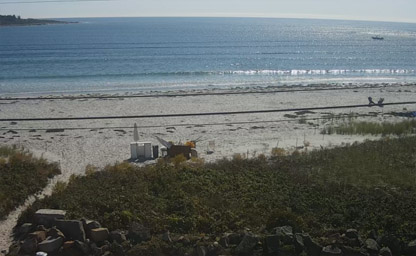
A picturesque coastal town known for its stunning scenery
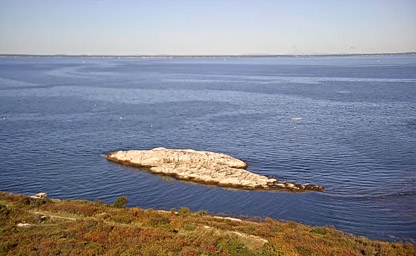
A remote field station located on Appledore Island
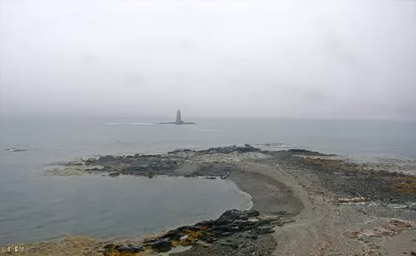
Its location is a dramatic and vulnerable one-acre island at the entrance of the Piscataqua River
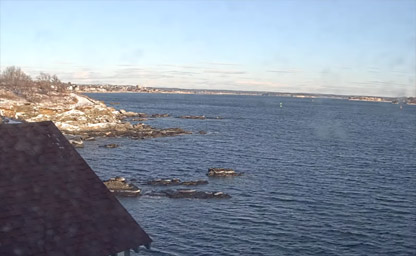
A channel into Portland Harbor, which is within Casco Bay in the Gulf of Maine
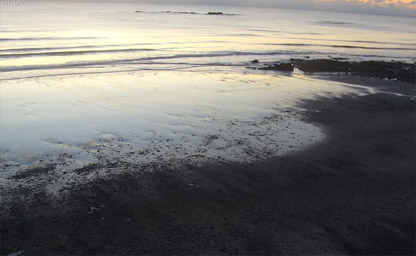
In the Southern Maine Coast section of Maine
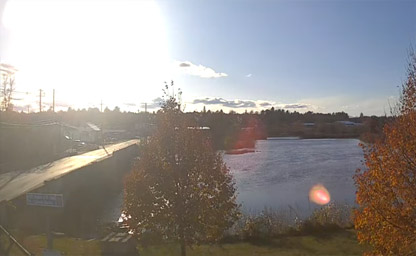
A tributary of the Piscataquis River in Piscataquis County
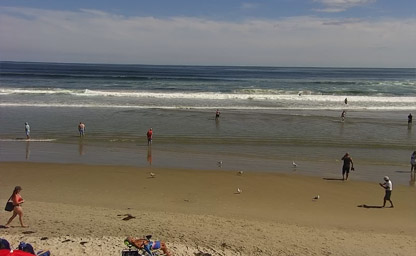
Enjoy your getaway listening to the waves on the oceanfront

Known for its award-winning snowmaking and grooming
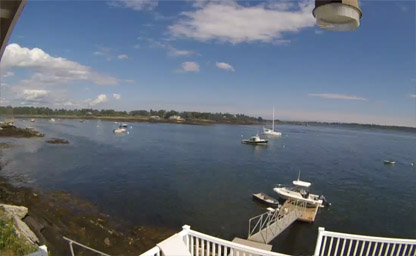
The smallest year-round island in Casco Bay
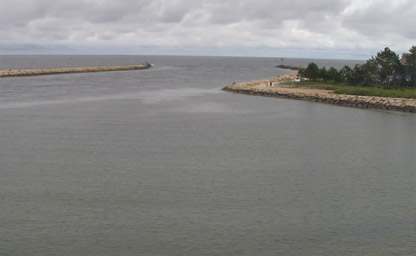
Smaller and quieter than the other two beaches in Wells
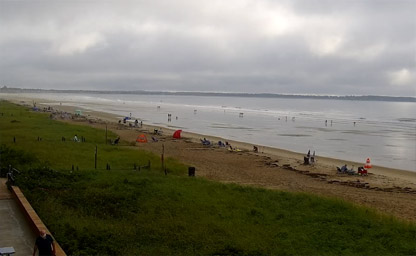
It is part of the Portland−South Portland−Biddeford
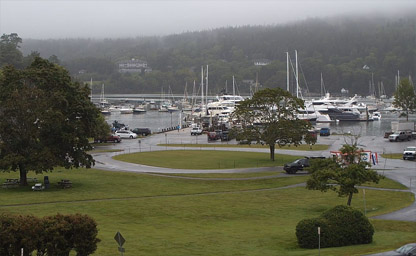
Situated in the town of Mount Desert in Hancock County
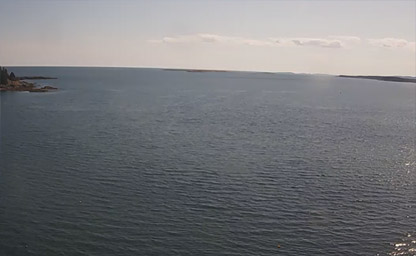
An beautiful island town in Hancock County, Maine
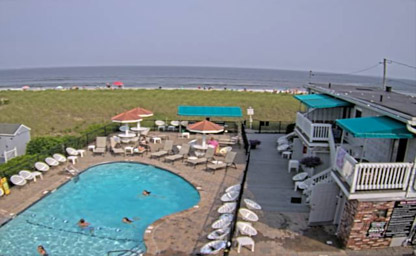
A resort town and census-designated place in York County

A amazing small town located in the southern part of the state
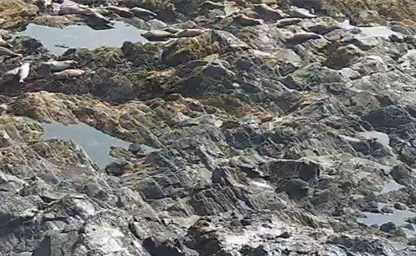
An inlet of the Gulf of Maine on the southern coast of Maine

A historic fishing village turned seaside tourist destination
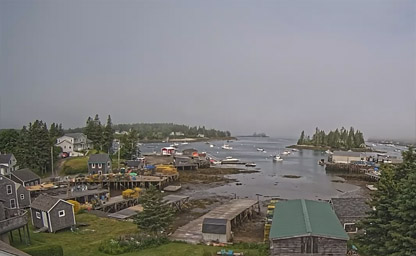
On picturesque Muscongus Bay overlooking the harbor in Port Clyde America
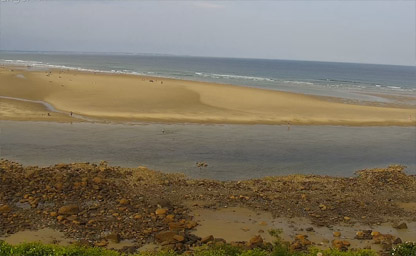
Lies between the Atlantic Ocean and the Ogunquit River
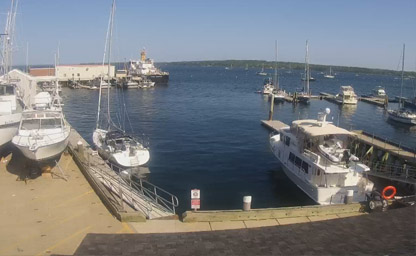
A classic Maine coastal town
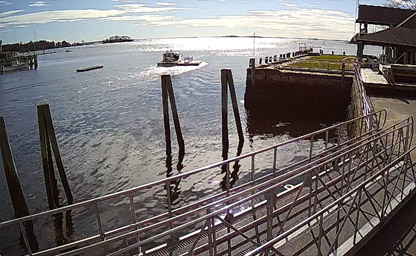
In midcoast Maine, sits on Penobscot Bay
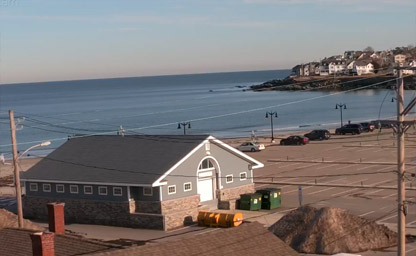
Live Feed of the top ranked spots in Maine
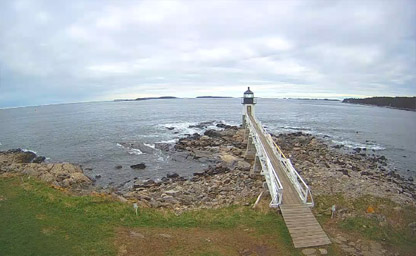
It's down at the end of the peninsula from Thomaston

Market Square Historic District, encompasses that town's historic late-19th century central business district
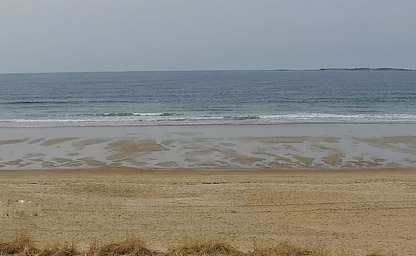
Also known as OOB, is a classic Maine getaway
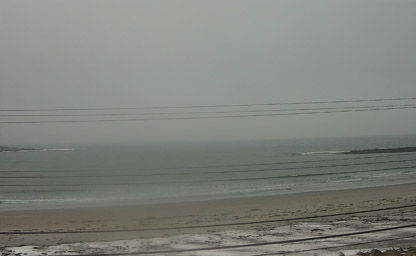
Take a look at beautiful Goose Rocks Beach in Kennebunkport
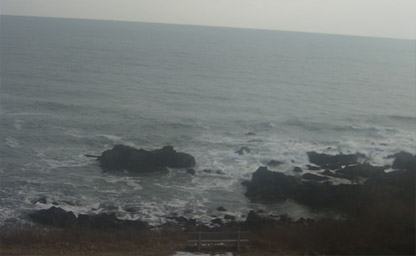
New England’s finest inns are within landmark buildings
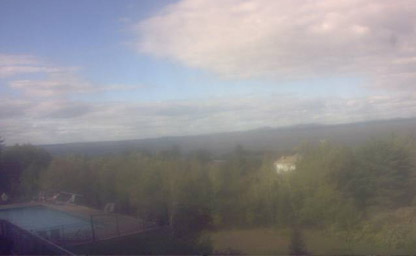
The mountains of beautiful Acadia National Park behind the hotel, our views are unsurpassed

Beautiful downtown Market Square make Houlton a great place to visit
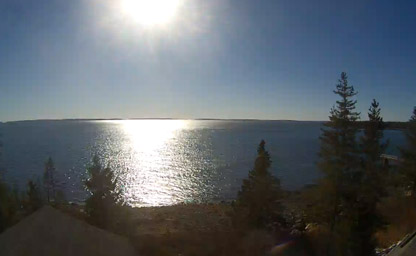
Situated on the Mount Desert Island and Acadia National Park
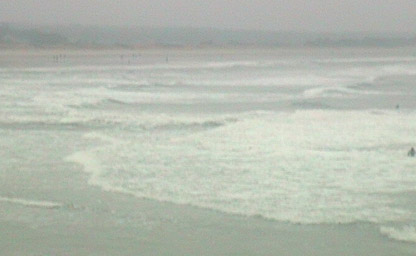
Breathtaking views of the bold Atlantic coast
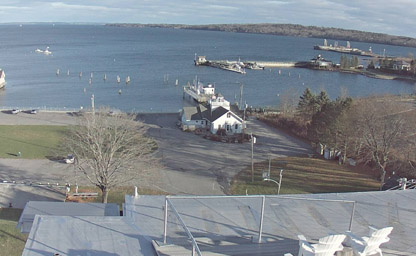
Located at the end of Main Street in downtown Rockland
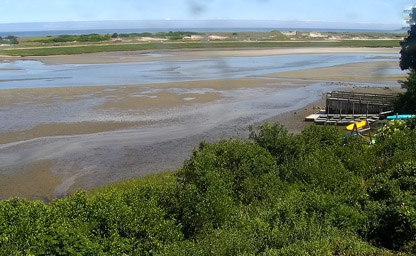
One of Southern Maine’s premier coastal destinations
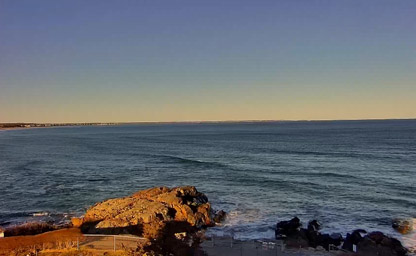
A long, sandy peninsula with grassy dunes, lies between the beautiful Atlantic Ocean and the Ogunquit River

Located on forty wooded acres, yet only 800 feet from downtown Old Orchard Beach
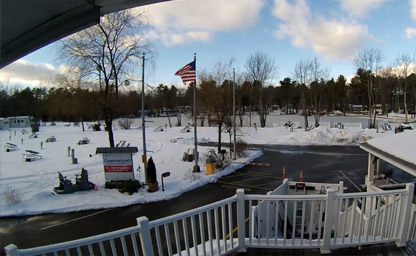
Live coverage at Paradise!
Webcams in Maine offer a captivating glimpse into the natural beauty and vibrant life of the northeasternmost state in the U.S. Known for its rugged coastline, majestic lighthouses, dense forests, and charming towns, Maine’s webcams showcase a variety of scenic and cultural highlights.
Many webcams are strategically placed along Maine’s iconic coastline, providing live feeds of its rocky shores, sandy beaches, and bustling harbors. These streams often capture iconic landmarks like Portland Head Light, Nubble Light in York, and Bar Harbor’s serene waterfront. They’re perfect for monitoring tides, watching lobstermen at work, or simply enjoying the hypnotic waves of the Atlantic Ocean.
Maine is renowned for its diverse wildlife, and some webcams are dedicated to capturing its rich ecosystem. Webcams at places like Acadia National Park or remote lakes might feature moose, deer, bald eagles, or seals basking on the rocks. These feeds are popular with nature enthusiasts and photographers alike.
During the winter months, webcams at ski resorts like Sugarloaf and Sunday River provide real-time updates on snow conditions, slopes, and the activities of skiers and snowboarders.
Webcams in Maine’s towns and cities, such as Portland, Bangor, and Freeport, offer glimpses into local life. You can watch bustling markets, quaint streets lined with historic buildings, or even festivals and parades.
Maine’s webcams are especially popular during the fall when the state’s foliage bursts into vibrant shades of red, orange, and gold. Streams of forested areas, such as the Kennebec Valley or Moosehead Lake, attract viewers from across the world who want to witness the seasonal spectacle.
Whether you’re planning a trip, reminiscing about a visit, or simply exploring Maine from afar, these webcams provide an authentic and dynamic view of the state’s many wonders.
Maine, often referred to as the "Pine Tree State," has a rich and multifaceted history that reflects both its Indigenous roots and its evolving role in the broader story of the United States. Before European settlers arrived, the land we now know as Maine was inhabited by the Wabanaki people, part of the larger Algonquin-speaking tribal confederacy. The Wabanaki, or "People of the Dawn," had a deep connection to Maine's rugged landscape, living in harmony with its dense forests, abundant rivers, and coastline teeming with marine life.
European exploration of Maine began in the early 1600s. In 1604, French explorer Samuel de Champlain established a settlement on Saint Croix Island, marking one of the earliest European efforts to colonize the region. However, the harsh winters and challenges of living in this rugged environment made early colonization efforts difficult. By the mid-17th century, the English had become dominant in Maine, establishing a number of settlements along the coastline.
During the colonial period, Maine was a frontier region, frequently caught in the crossfire of conflicts between the English, French, and Indigenous peoples. The French and Indian Wars, part of a larger global struggle between Britain and France, left an indelible mark on Maine's history. Following the American Revolution, Maine was initially part of Massachusetts. However, the push for statehood grew as Maine's population expanded and its economy flourished through shipbuilding, fishing, and lumbering. In 1820, as part of the Missouri Compromise, Maine achieved statehood as the 23rd state of the Union.
The 19th century saw Maine rise as a maritime powerhouse, with its shipyards producing world-renowned vessels. The state's rugged beauty also began attracting artists and writers, such as Henry Wadsworth Longfellow, who celebrated its natural splendor. However, Maine's history isn't solely one of prosperity. Its participation in the Civil War was significant, contributing a large number of troops and resources to the Union cause. Post-war, Maine faced economic challenges as industries like shipbuilding declined, but tourism began to emerge as a new economic pillar.
In the 20th century, Maine continued to evolve, balancing its industrial base with a growing emphasis on conservation and tourism. Today, its storied past is preserved in its historic lighthouses, charming seaside towns, and cultural landmarks, making Maine a living tapestry of American history.
Maine's climate is classified as a humid continental climate, marked by distinct seasons that dramatically shape life and activities in the region. Summers in Maine are generally warm and pleasant, with daytime temperatures averaging in the mid-70s to low 80s Fahrenheit. Coastal areas benefit from cooling sea breezes, making destinations like Bar Harbor and Acadia National Park popular summer retreats. The season is characterized by long daylight hours, offering plenty of time for outdoor activities such as hiking, kayaking, and enjoying Maine's iconic lobster rolls at seaside shacks.
Autumn in Maine is world-renowned for its stunning foliage. The state's vast forests of maple, oak, and birch trees transform into a vibrant palette of reds, oranges, and yellows, drawing leaf-peepers from around the globe. The crisp, cool weather of fall, combined with the beauty of the changing leaves, makes this season a favorite for visitors and locals alike.
Winters in Maine are cold and snowy, particularly in the northern regions. Temperatures can often dip below freezing, with heavy snowfall common from December through February. While the cold may deter some, winter sports enthusiasts flock to the state for skiing, snowboarding, and snowmobiling. Popular ski resorts like Sugarloaf and Sunday River provide world-class facilities for winter recreation. Maine’s coastline, while less snowy, can be strikingly beautiful in winter, with snow-covered lighthouses and frosty ocean vistas.
Spring in Maine is a season of renewal, though it arrives later than in many other parts of the United States due to the state's northern latitude. Melting snow gives way to budding trees and blooming flowers, and the state’s rivers and streams swell with the runoff, creating dramatic waterfalls. Spring is also the start of Maine's fishing and farming seasons, with fresh seafood and produce beginning to appear in local markets.
Geographically, Maine is the largest state in New England and the northeasternmost state in the contiguous United States. It spans an area of approximately 35,385 square miles, making it larger than the other five New England states combined. The state's geography is characterized by diverse landscapes, from its rugged coastline to its forested interior and mountainous western regions.
Maine's coastline stretches over 3,400 miles, if you include its countless bays, inlets, and islands. This jagged shoreline is dotted with picturesque fishing villages, sandy beaches, and iconic lighthouses such as Portland Head Light and West Quoddy Head Light. The Gulf of Maine, an integral part of the Atlantic Ocean, is known for its rich marine biodiversity, including lobsters, whales, and a variety of fish species.
Inland, Maine is dominated by dense forests, which cover about 90% of the state and have earned it the nickname "The Pine Tree State." These forests are home to an array of wildlife, including moose, black bears, and bald eagles. The Appalachian Mountains extend into Maine, with Mount Katahdin standing as the state's highest peak at 5,269 feet. This majestic mountain is the northern terminus of the Appalachian Trail and a popular destination for hikers and climbers.
The state's river systems, including the Kennebec, Penobscot, and Androscoggin, played a crucial role in its early settlement and industrialization. These rivers are not only historically significant but also provide opportunities for recreational activities such as fishing, kayaking, and white-water rafting.
Maine's geography also includes numerous lakes and ponds, with Moosehead Lake being the largest. These freshwater bodies are a haven for boating, fishing, and swimming in the summer months. Meanwhile, the northernmost part of the state, known as Aroostook County, features rolling farmland and is a major producer of potatoes.
The combination of Maine's diverse landscapes, from coastal cliffs to mountain ranges, offers a wealth of opportunities for outdoor adventure and exploration, making it a paradise for nature lovers.
When planning your visit to Maine, consider exploring during the shoulder seasons of late spring or early fall. These times offer fewer crowds and stunning natural beauty, whether it's the blooming wildflowers of spring or the brilliant foliage of autumn. An interesting fact about Maine is that it is the only state in the United States with a single-syllable name, reflecting its simplicity and unique character among the states.